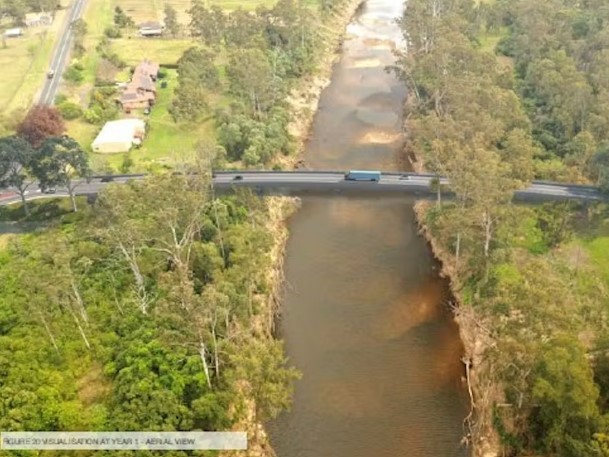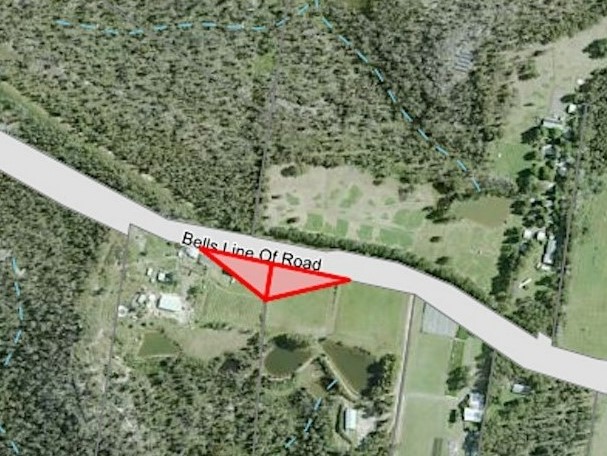Sarah Bekessy, Professor in Sustainability and Urban Planning, Leader, Interdisciplinary Conservation Science Research Group (ICON Science), RMIT University
(0425 828 471 or [email protected])
“The biggest difference between Labor and the Coalition when it comes to protecting biodiversity is the response to a 2020 independent review of Australia’s key environment law, by Professor Graeme Samuel.
“The review made a suite of recommendations to reform the law and protect biodiversity, but almost none have been implemented by the current government.
“The extent these reforms are rolled out will determine the fate of species and ecosystems under pressure from land clearing and habitat degradation. Shadow environment minister Terri Butler has said Labor will “provide a full government response to the Samuel review”.
“However, the elephant in the room is Labor’s plan to tackle climate change. While it’s a big improvement on the Coalition plan, it’s still consistent with a 2℃ global increase in temperature this century, which will likely lead to a dramatic loss of species, and drive collapse of key ecosystems such as the Great Barrier Reef and alpine woodlands.
“Meanwhile, The Greens’ commitment to $24.4 billion over the next decade has been allocated to restoring wildlife habitat, planting 2 billion trees by 2030 and re-establishing green space in our cities, regions and suburbs.
“This is a significant increase in resources compared with the Coalition and Labor and is consistent with an economic analysis conducted on the funding required to bring threatened species back from the brink.”
For media enquiries, Rachel Wells, RMIT Communications, [email protected] or 0402 354 321.







